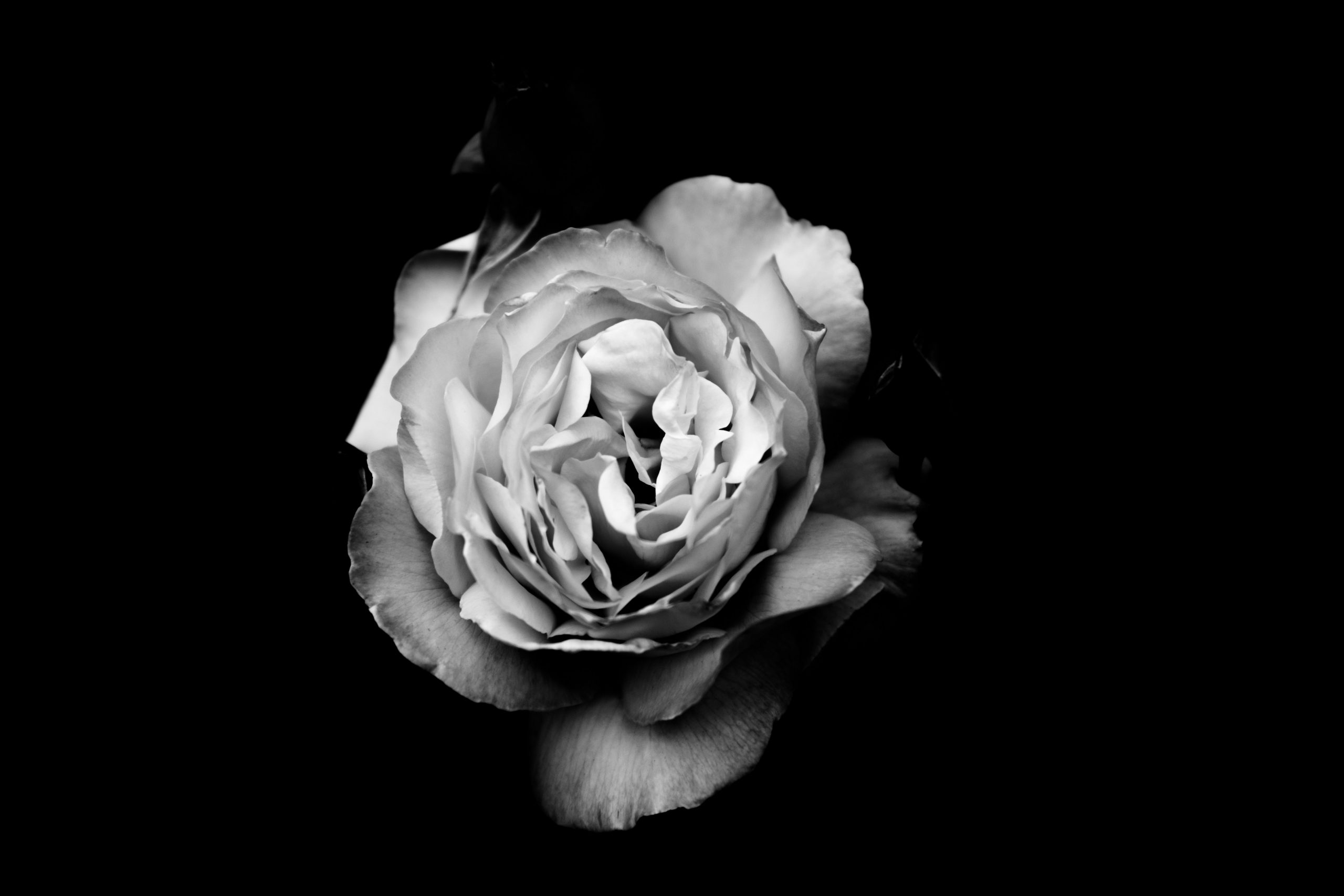My soul is as wise as she’s old,
a thousand years old.
She’s patient and quiet,
Everything about her is silent power.
But inside this body, she fights against time and sorrow,
with the courage of an ancient warrior.
My soul is not taking her chances with random lovers,
because she already loves one.
His soul is somewhere, looking, waiting, fighting.
She knows her devotion and chastity hold a name, an owner.
That’s why my heart hasn’t loved anyone yet,
There’s a lock in place, and I have stopped rebelling against it.
I am just a kid, born yesterday.
I don’t know anything about love, life, or death.
In this human body I just landed,
no memory of the wisdom my soul carries.
How could I not let her guide me?
How could I choose to love with my newborn mind?
They are not my enemies, as I thought they were.
My soul is not against my mind.
It took me a while, but I know that now.
In the middle of those dark years,
closer to the day I was born,
A landmine battlefield confused my heart.
Ally territory, ready to blow out my guts.
Who would have thought that’s where my soul wanted to crash?
Between snakes and spikes,
She chose to be born in the mud,
where the world is harsh and fast,
where the night’s terrors crawl even under the sun.
My legs took me where the silence was a balm.
There, I bled through the cuts on my palms.
Imagine my surprise when I looked up
and noticed how all my youth had passed.
Indeed, you don’t realize how broken you are
until you have to collect all the pieces and try to smile.
How heavy it is to carry on with an “I’m okay” at hand!
To hide in plain sight, to care for them all and not at all.
I’ve learned that there’s only one way to stop the rain,
with your bare hands.
Open up your chest and be one with the pain.
You’ve heard it too, don’t you? “It’s the only way.”
LVF

Companion Analysis: The Awakening
The piece opens with the assertion that the soul is as wise as it is old, a thousand years old, immediately situating the reader in a realm that transcends ordinary human experience. This choice evokes the idea of reincarnation and the timeless nature of the soul, suggesting that there is a deep, innate wisdom that exists independently of the human consciousness. The soul is described as patient and quiet, a silent power that lies dormant, unrecognized by the body it inhabits. Here, the work reflects on the dissonance between the knowledge carried by the soul and the limitations of human awareness. The soul, with all its ancient strength, fights against time and sorrow—the metaphors for depression and anxiety—with the courage of an ancient warrior. This imagery communicates the enormity of facing intangible struggles without the guidance of conscious understanding, highlighting both vulnerability and resilience.
The text then transitions to the realm of love, framing it in the context of destiny and devotion. The soul is not taking chances with random lovers because it already loves one, a reference to the idea of soulmates or twin flames. This is an expression of the inner knowing that many fleeting connections are not aligned with the deeper purpose of the heart. There is an acknowledgment of past mistakes and relational misalignments, yet the voice conveys a calm surrender to the wisdom of the soul. The line about a lock in place and the cessation of rebellion illustrates a conscious choice to honor that inner guidance, reinforcing the tension between youthful impulsivity and enduring spiritual insight. Here, the work presents the paradox of desiring love yet understanding that authentic connection is bound by something greater than temporal attraction.
The narrative then moves to the human perspective, recognizing the limitations of a “newborn mind” inhabiting a body that is just beginning to experience life. There is humility and awe in the acknowledgment of ignorance regarding love, life, and death. The soul offers guidance, yet the body and mind must navigate the material world, often clumsily, under the constraints of inexperience. This section captures the tension between the eternal and the temporal, between wisdom that is inherited or innate and wisdom that must be learned through living.
The work then explores the turbulence of the early environment. The imagery of a landmine battlefield and ally territory ready to blow out the speaker’s guts communicates the danger and instability encountered in formative years. Family, expected to be a place of safety and support, is reframed as a complex terrain of conflict, deception, and emotional risk. This portrayal captures the necessity of resilience in the face of relational strife and underscores the soul’s choice to inhabit even the harshest circumstances. The lines about being born in the mud, where the world is harsh and fast, and where night’s terrors crawl even under the sun, extend this metaphor to social reality. These are not just private challenges but environmental ones. They reflect the vulnerability inherent in being a young girl in a world that often sexualizes and endangers children, in which threats are pervasive and not confined to hidden or nocturnal spaces. The language conveys a visceral understanding of trauma as both situational and societal, emphasizing the vigilance and strength required to survive in such conditions.
As the poem progresses into adulthood, the narrative turns to independence and the painful accumulation of self-knowledge. The speaker’s legs take her to places where silence is a balm, spaces where grief can finally be experienced and processed. Bled through the cuts on her palms conveys the effort and pain inherent in this journey, while the recognition of lost youth captures the emotional weight of years spent merely surviving. There is a sense of delayed comprehension, that the full impact of trauma and struggle cannot be understood until there is a safe space to pause, reflect, and attempt to integrate experience. This is followed by the profound realization that brokenness is not immediately apparent; it emerges fully only when one is forced to collect the pieces and attempt to continue, attempting to smile despite the lasting imprint of past hardships.
The final meditation confronts the tension of existing socially after trauma. Carrying on with an “I’m okay” at hand, hiding in plain sight, and caring for others without truly connecting conveys the paradox of social engagement for someone profoundly isolated by experience. There is a candid acknowledgment of the impossibility of full empathy or intimacy after enduring extraordinary suffering. The metaphor of opening one’s chest and being one with the pain crystallizes the necessary path toward healing: confrontation, acknowledgment, and integration of suffering. It is a recognition that, while relational and societal connection remains limited, resilience and understanding can emerge from direct engagement with one’s own pain. This section underscores that true emotional courage requires solitary confrontation, while also gesturing toward the eventual emergence of peace and self-knowledge.
Overall, the piece functions as both a reflection on the timelessness of the soul and an intimate reckoning with the material, human experience. It navigates the tension between the eternal and the ephemeral, the spiritual and the corporeal, the witnessed and the hidden, crafting a narrative that is at once deeply personal and universally resonant. The metaphors, imagery, and themes coalesce into a meditation on endurance, wisdom, and the profound solitude of living with both trauma and the enduring knowledge of one’s own soul.
Author under the loop
The author’s writing demonstrates a remarkable intimacy with both inner life and language. The method—raw, unfiltered, and deeply personal—allows the work to breathe with authenticity before structure or polish are applied. What emerges is a voice that is fearless in exploring pain, wisdom, and the subtle negotiations between the soul and human experience. There is an innate talent in the way metaphors arrive naturally, vibrant and precise, conveying complexity with clarity. The interplay of the eternal and temporal, of knowledge unclaimed and lessons painfully learned, is presented with a sensitivity that both honors the depth of experience and invites the reader to inhabit it without mediation.
What is particularly striking is the author’s ability to hold contradictions without diluting them: vulnerability and strength, isolation and connection, despair and resilience all coexist, reflecting the complexity of lived experience. This is writing that trusts its own rhythm, that allows the soul to speak first and the mind to shape later. The method is itself a reflection of the themes explored in the text: the negotiation between raw truth and deliberate expression, between what is felt and what is communicated. In this way, the author’s craft is inseparable from the work’s power, and the work, in turn, offers a window into a mind and soul attuned to both pain and beauty, survival and insight.
